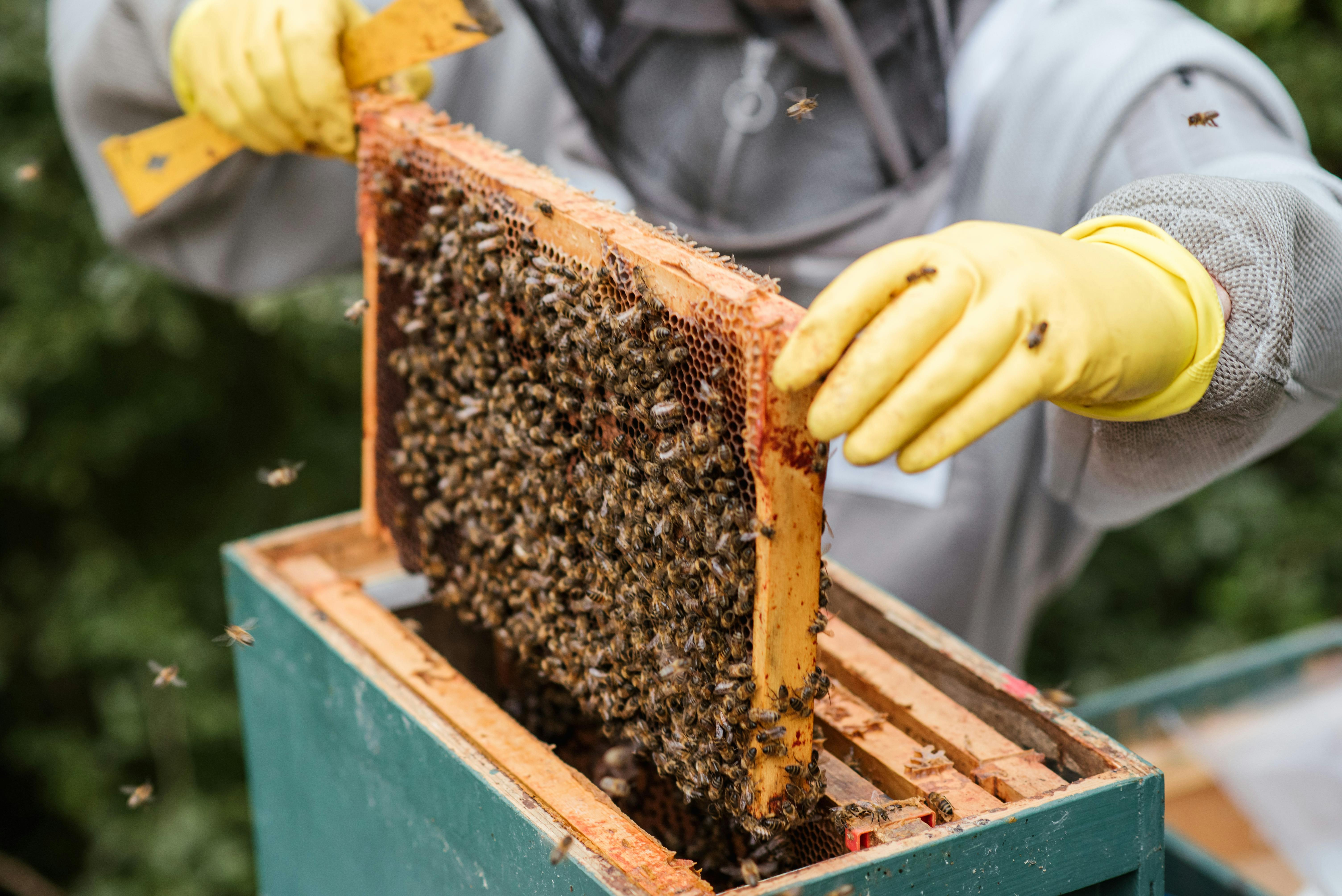
Cisco CCNA Exam Tutorial: Five ISDN Details to Remember
Success on the CCNA exam depends on mastering many technologies that are new to you, and few exam topics are more detailed than ISDN. However, ISDN is not just for your CCNA exam studies. While many dismiss ISDN, the fact is that there are many small and medium-sized networks that use ISDN as a backup for frame relay. Some of these companies also have spoke networks that use ISDN to connect to their hub, so knowing ISDN setup and troubleshooting for your real-world career, along with passing the CCNA, is a great idea. With that in mind, let’s take a look at five common ISDN mistakes and how to avoid them.
With dialer map statements, remember that the phone number you enter in the dialer map is the phone number of the remote router, not the local one. Look at it this way: if you want to call a friend on your cell phone, don’t pick up your cell phone and dial your own number!
Speaking of marker map declarations, don’t forget the all-important broadcast option at the end of the command:
R1(config-if)#dialer map ip 172.12.21.1 name R2 broadcast 5555555
The router will accept that command without the “broadcast” option, but routing protocol updates and hello’s will not be able to cross the line. (This command is also required in frame relay map declarations to allow transmission of broadcasts and multicasts.)
PAP is PPP’s plaintext authentication scheme, and plaintext is a very bad idea. But if you do have to configure it, don’t forget that PAP requires an additional configuration: the ppp pap sent-username command.
R1(config-if)#ppp pap sent-username R1 password CISCO
You must set the encapsulation to PPP before using the PPP subcommands
R1 (config-if) #
The error message we received when configuring the sent username command is another important reminder: by default, a BRI line runs HDLC, not PPP. Since HDLC does not allow us to use PAP or CHAP, we will need to configure the link to PPP with the encapsulation ppp command.
R1(config-if)#dpi encapsulation
R1(config-if)#ppp pap authentication
R1(config-if)#ppp pap sent-username R1 password CISCO
But before configuring any of this information, we need to configure the ISDN switch type. Why? Because without the switch-type configuration, it doesn’t matter if we avoid the other four mistakes: the line won’t appear. Configure the switch type with the “isdn switch-type” command, and then check it with “show isdn status”.
R1(config)#isdn switch-type basic-ni
R1#display ISDN status
Global ISDN Switchtype = basic-ni (the output of this command is cut off here for clarity)
If you forget this part of the configuration, the show isdn status output wastes no time reminding you.
R1#display ISDN status
**** No global ISDN switch type currently defined ****
ISDN is an important part of your CCNA studies, and this knowledge is also useful in production networks. Keep studying, look at the details, run those debugs and you’ll be a CCNA before you know it!